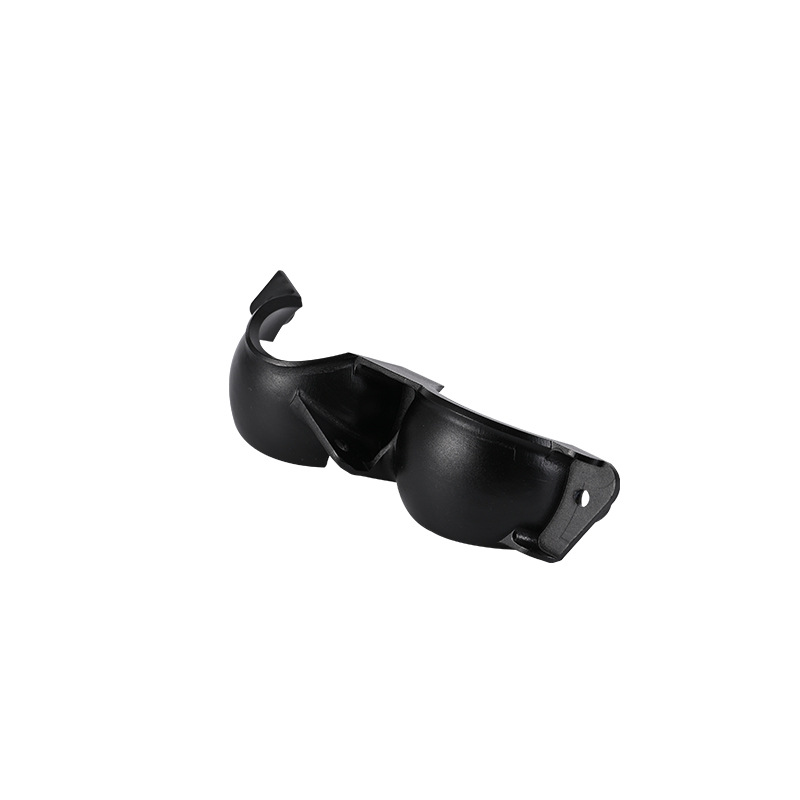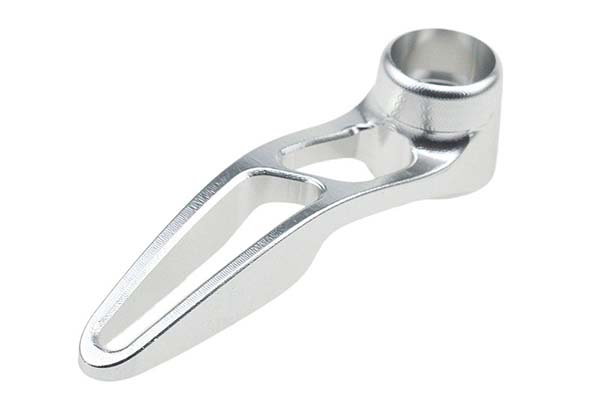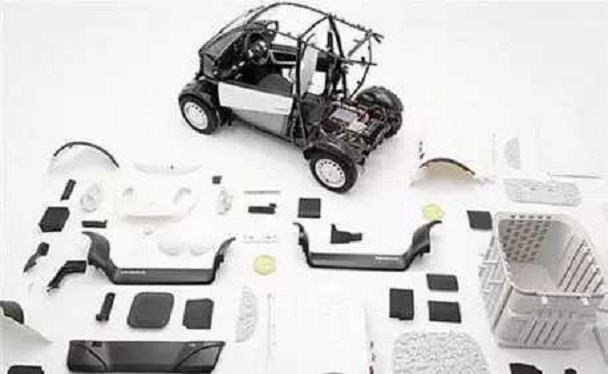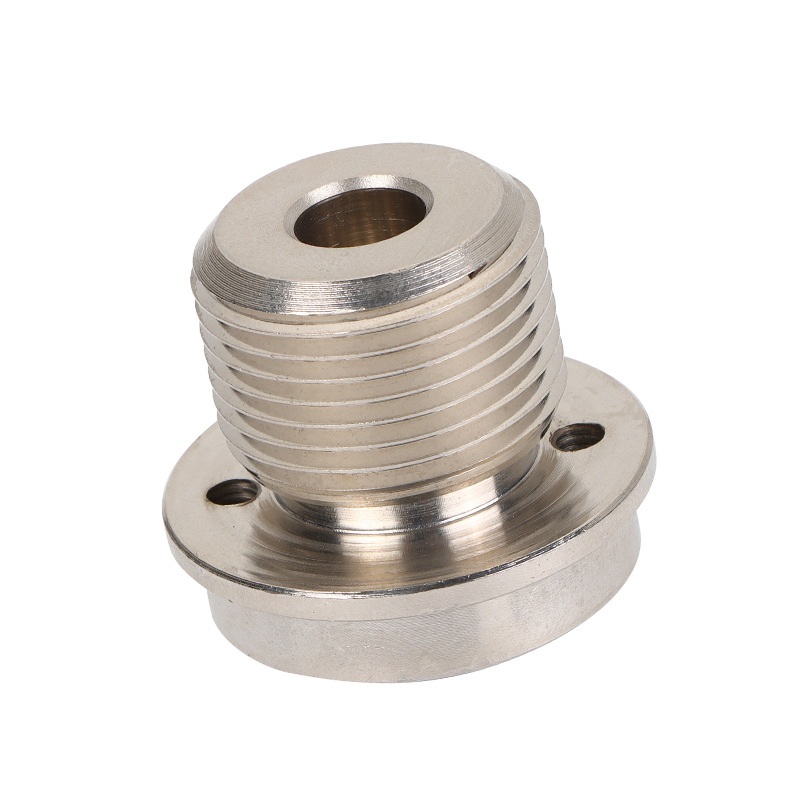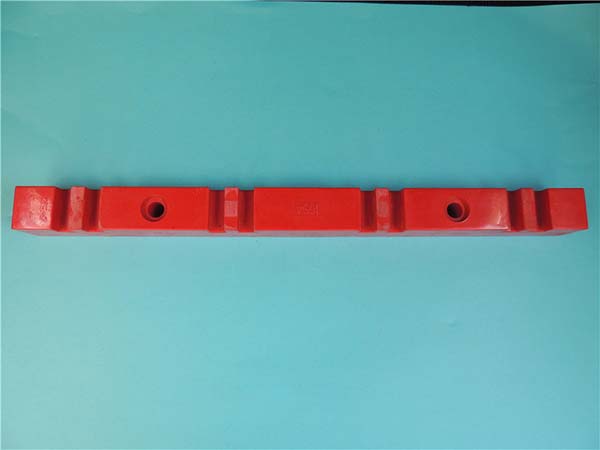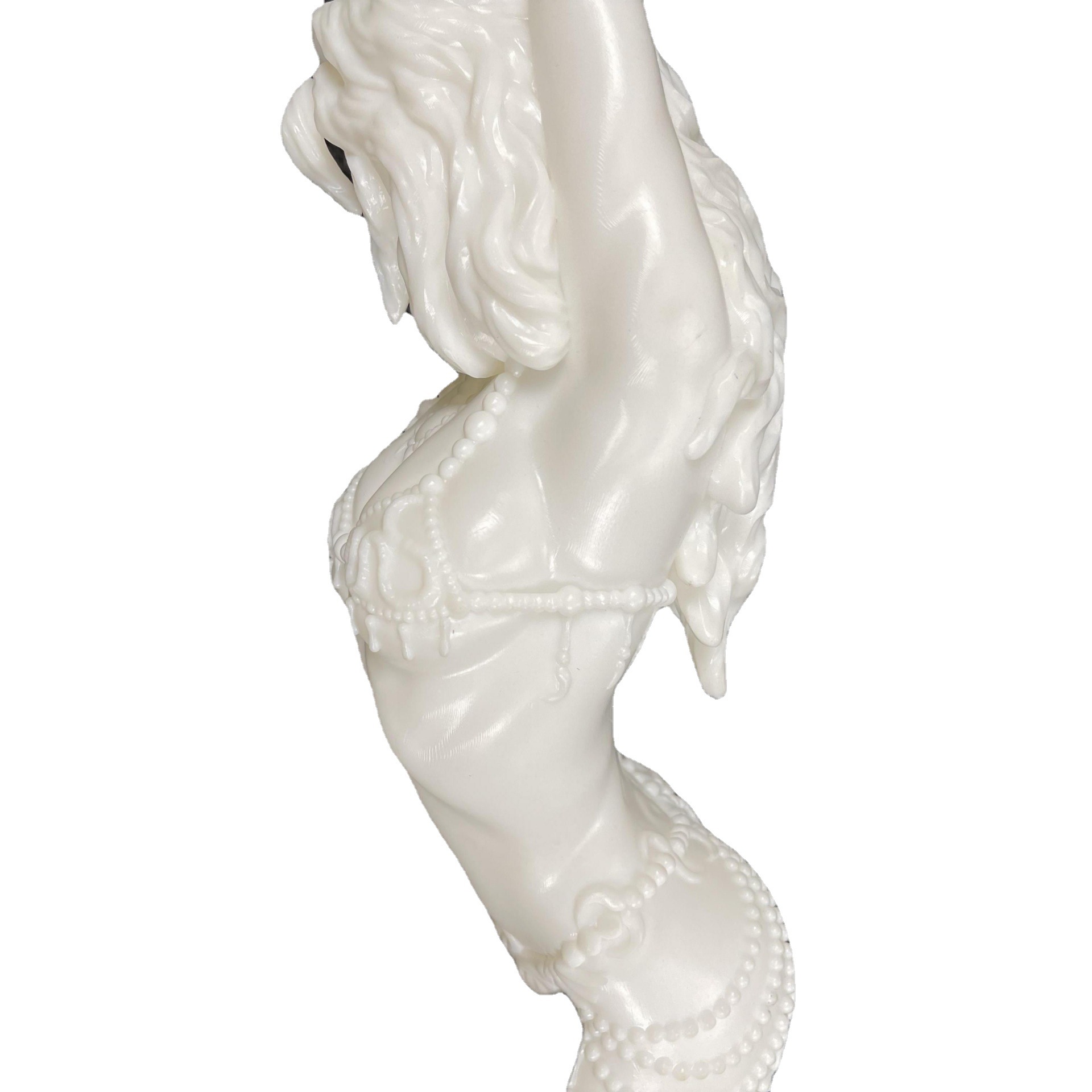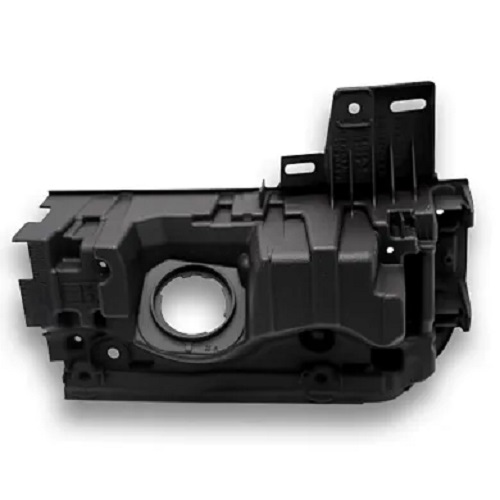Introduction to Online 3D Printing Services
Online 3D printing services have become a game-changer for both individuals and businesses, offering an efficient and cost-effective way to access advanced manufacturing and prototyping capabilities. These services allow users to upload their 3D models, which are then printed using state-of-the-art 3D printers. This approach eliminates the need for investing in expensive printing equipment, making it easier to produce high-quality prints for a range of applications. Whether you're a hobbyist, an entrepreneur, or a designer, online 3D printing services offer a flexible and accessible way to bring your ideas to life.
Definition and Basic Operation
What is Online 3D Printing?
Online 3D printing refers to the process where users can submit their digital 3D models through an online platform. The service provider then prints the model using various types of 3D printing technologies. After printing, the finished product is shipped directly to the customer. This service allows individuals and businesses to bypass the cost and complexity of owning 3D printing equipment while still being able to access high-quality 3D printing for their needs.
How Does It Work?
- Upload Your Design: Users begin by uploading their 3D model to the service provider’s website. Most platforms support common file formats like STL, OBJ, and STEP.
- Select Materials and Options: After uploading, users choose from a range of materials (plastic, metal, resin, etc.) and finish options based on their project requirements.
- Receive a Quotation: The service provider calculates the cost of printing based on material, size, and other parameters. Users receive a quote and, if satisfied, proceed with the order.
- Printing Process: Once the order is confirmed, the 3D printing process begins. Advanced 3D printers build the object layer by layer based on the uploaded design.
- Quality Checks: After printing, the item undergoes quality control to ensure it meets the required standards. Post-processing like sanding, painting, or assembly may be applied.
- Shipping: Finally, the printed object is securely packaged and shipped to the user. Some services offer expedited shipping options.
Types of 3D Printing Technologies
Fused Deposition Modeling (FDM)
FDM is a widely used and cost-effective 3D printing method where thermoplastic filament is heated and extruded through a nozzle to build the object layer by layer. This technique is particularly popular for prototypes, functional parts, and hobbyist projects.
Stereolithography (SLA)
SLA uses a laser to cure liquid resin, solidifying it layer by layer. This method is known for producing highly precise, smooth, and detailed prints, making it ideal for creating intricate prototypes, models, and jewelry.
Selective Laser Sintering (SLS)
SLS employs a laser to sinter (or fuse) powdered material (typically nylon or metal), turning it into a solid object. This method allows for highly durable parts with complex geometries, often used in industries that require functional prototypes or small production runs.
Other Technologies
Other technologies used in online 3D printing services include Digital Light Processing (DLP), Electron Beam Melting (EBM), and Binder Jetting. Each technology offers unique advantages based on the material and application, such as high precision or the ability to work with metals and ceramics.
Benefits of Using Online 3D Printing
Cost-Effectiveness
One of the key benefits of online 3D printing is its cost-effectiveness. Purchasing and maintaining a 3D printer, especially an industrial-grade one, can be expensive. Online services allow users to print their designs on demand, eliminating the need for upfront equipment costs, maintenance, and material storage. Users pay only for what they need, making it an affordable option.
Accessibility and Convenience
Online 3D printing services make advanced manufacturing accessible to everyone. All you need is a 3D model and an internet connection. This eliminates the need for specialized equipment and expertise, empowering both individuals and businesses to create prototypes, parts, or products with minimal hassle.
Variety of Materials and Finishes
Another advantage of online 3D printing services is the wide range of materials and finishes available. Users can choose from plastics like PLA, ABS, and flexible filaments, as well as metals such as aluminum and stainless steel. Some services also offer high-performance materials like carbon fiber composites. Additionally, users can select from various finishes, such as matte, glossy, or textured, to enhance the final product's appearance and functionality.
How to Use Online 3D Printing Services
Uploading 3D Models
Most online 3D printing services support standard file formats like STL, OBJ, and STEP. To start, users simply visit the service provider’s website, navigate to the upload section, and select their model. Some platforms also offer tools to automatically repair or optimize the models before printing to ensure they meet the required standards.
Selecting Print Options
Once the 3D model is uploaded, users choose the print options, including material, size, color, and finish. Some platforms provide additional options such as adding support structures or hollowing out the model to reduce material usage. These choices help ensure the final product meets the project’s specific needs.
Ordering and Shipping Process
After finalizing the print options, users receive a quotation based on their selections. If they agree with the price, they can proceed with the order and make payment. The service provider then prints the object, and after quality checks and any necessary post-processing, the item is shipped to the customer. Many online platforms offer tracking for added convenience.
Applications of Online 3D Printing
Prototyping and Product Development
Prototyping is one of the most common uses of online 3D printing services. Designers and engineers can quickly transform digital concepts into physical prototypes, enabling rapid iteration and testing. This speeds up the product development process and can help reduce time-to-market for new products.
Custom Manufacturing
Online 3D printing is also ideal for producing custom parts or small batches of unique items. Whether you're looking to create a single custom piece or a limited run of specialized components, online services can handle such orders without requiring minimum order quantities. This flexibility is a huge advantage over traditional manufacturing.
Art and Design
Artists and designers utilize online 3D printing to create intricate sculptures, jewelry, and other bespoke art pieces. The ability to experiment with different materials and finishes gives artists the freedom to explore new creative possibilities, while the service platform often provides tutorials and resources to help hone their craft.
FAQs
What file formats are accepted for online 3D printing?
Common file formats accepted by online 3D printing services include STL, OBJ, and STEP. Some platforms may also support formats like AMF and IGES. It's always best to check the specific service provider’s requirements before uploading your model.
How long does it take to receive a printed item?
The time required to receive a printed item depends on factors such as the object's complexity, size, chosen materials, and the service provider's workload. Generally, orders can take anywhere from a few days to a couple of weeks. Expedited shipping options may also be available for faster delivery.
Can I request changes after placing my order?
The ability to request changes after placing an order varies by service provider. Some may allow adjustments before the printing process begins, while others may have stricter rules. It's advisable to contact the service provider directly for clarification on their policies regarding changes.
In conclusion, online 3D printing services offer an accessible, cost-effective, and convenient solution for individuals and businesses looking to create prototypes, custom parts, or unique designs. By removing the need for expensive equipment and offering a wide variety of materials and options, these services are transforming the way products are designed, developed, and manufactured. Whether for prototyping, custom manufacturing, or artistic creation, online 3D printing is paving the way for innovation in multiple industries.

